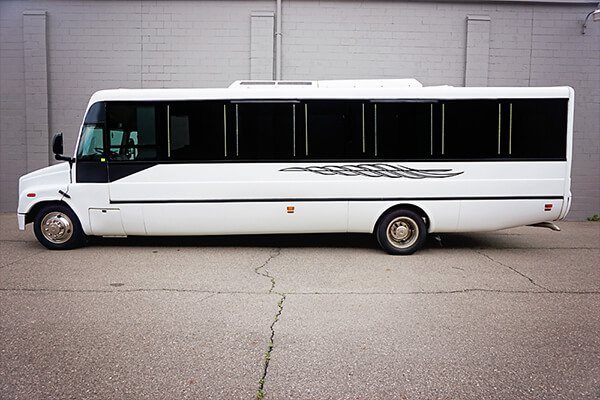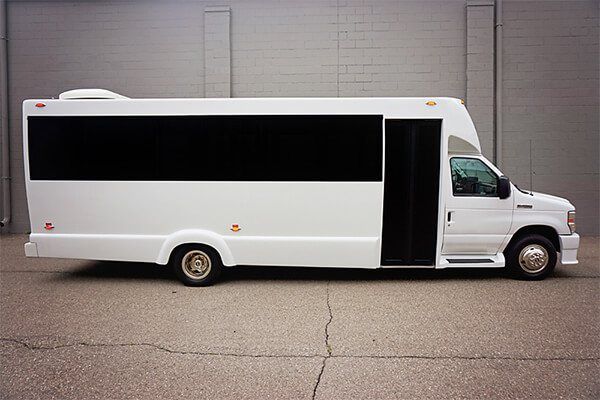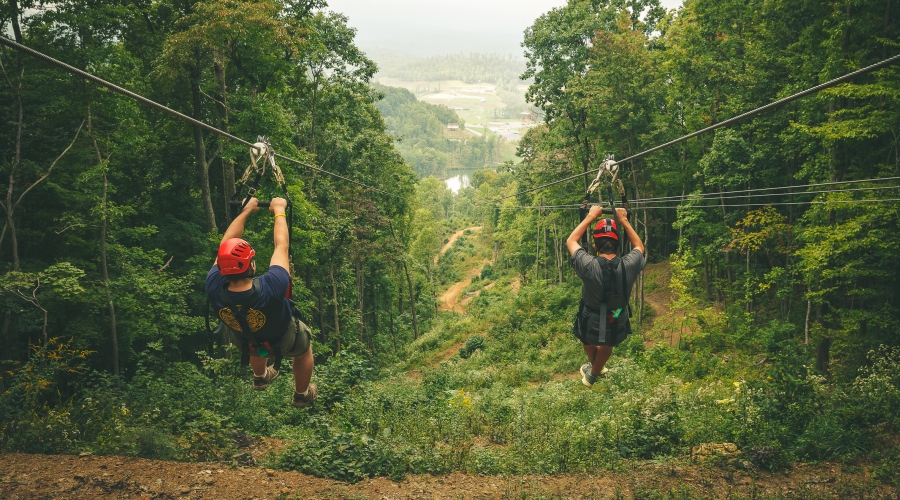
Taking Scout boys on outdoor adventures helps them acquire skills that make them more self-reliant. They can explore hiking trails and complete challenges they first thought were beyond their ability. In the process, they learn to cooperate through the patrol method and troop organization.
Patrols line up in relay formation, 15 feet from a chopping block, hatchet and protective eyewear and gloves. On signal, the first patrol member takes three strokes splitting their stick.
Hiking
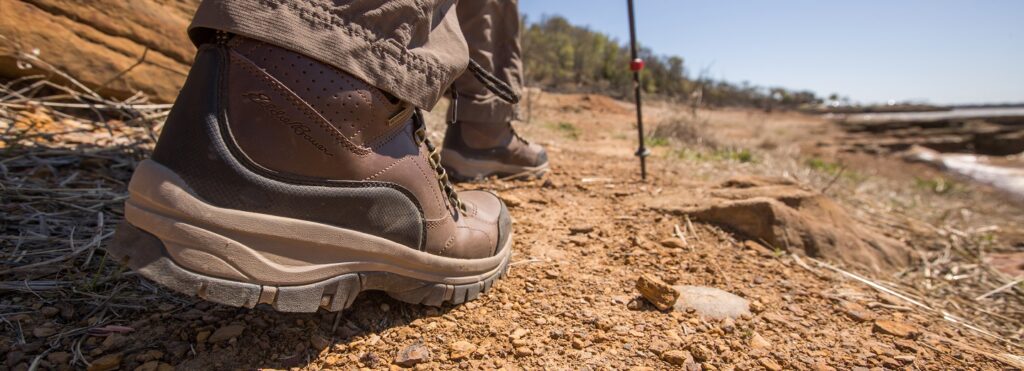
Hiking is a great outdoor activity that helps Scouts improve their physical fitness and enjoyment of nature. It also teaches them to appreciate the need to protect the environment.
Backpacking involves hiking for one or more nights while carrying all the supplies you need in a backpack. This can be a physically and mentally challenging activity, but it is extremely rewarding. Camping is another popular Scout boy outdoor activity. It requires a tent, sleeping bag, cooking gear and first-aid kit. It is also a fun way to learn survival skills and become more familiar with the wilderness.
Scouts can participate in shooting sports activities that test their skills at an age-appropriate level. These activities are taught by trained adults and include safety as a priority.
For a more adventurous outdoor activity, a Scout can trek the dunes of Wadi Rum or visit Petra. These trips require a lot of planning and preparation, but they are worth it. They can also take part in the National Scout Jamboree, a high-adventure gathering of 40,000 Scouts and leaders every four years.
Snowshoeing

Outdoor activities help Scouts develop leadership skills and promote teamwork among youth and adult leaders. These activities can be as simple as playing a game of capture the flag or more complex, like planning and carrying out a service project. Scouts can also gain knowledge of the natural world by participating in an outdoor activity such as nature observation or geocaching.
Snowshoeing is a great winter activity that is fun for the whole family. While the concept is similar to hiking, specialized shoes are necessary for snowshoeing. They are wider than the foot and longer so that they can evenly distribute weight atop the snow and prevent the wearer from sinking in.
The first step in a snowshoe expedition is to prepare the ground and the equipment. Each patrol should have a backpack that can carry water and extra layers. Ideally, the backpack should be waterproof. Patrol members should wear insulated gloves or mittens for cold weather. They should also bring a flashlight or headlamp and be familiar with the rules of safe snowshoeing.
White Water Rafting
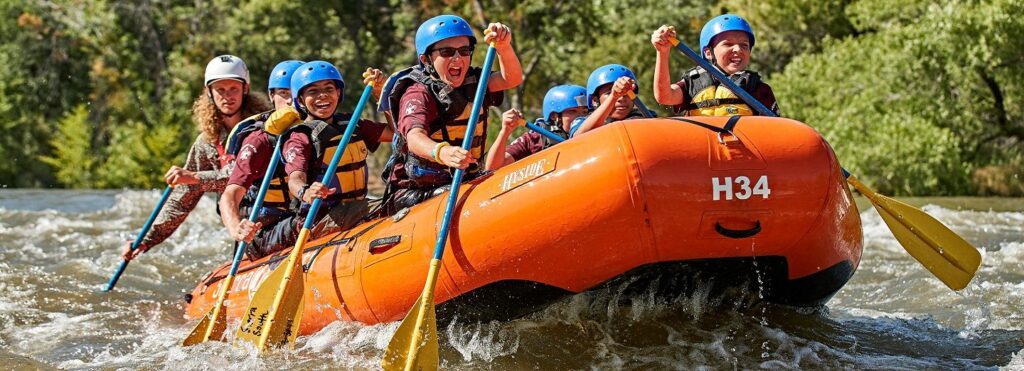
White water rafting is one of the most adrenaline pumping outdoor activities that Scout boys can take part in. They can take the awe-inspiring ride on the Menominee or Peshtigo Rivers, with rapids ranging from Class II to Class IV. This is an exciting and gratifying exercise that helps them build teamwork and problem-solving skills.
The Scouts learn to work together while listening to their raft guide and learning tidbits about the environment that they are in as they make their way down the river. They also gain physical strength and endurance by tackling the rapids.
Taking the rafting experience to the next level is rock climbing. This involves scaling natural or artificial rock formations with the help of specialized gear and equipment. The Scouts learn to improve their balance and strength, while overcoming challenges and facing their fears in a safe environment.
Rock Climbing
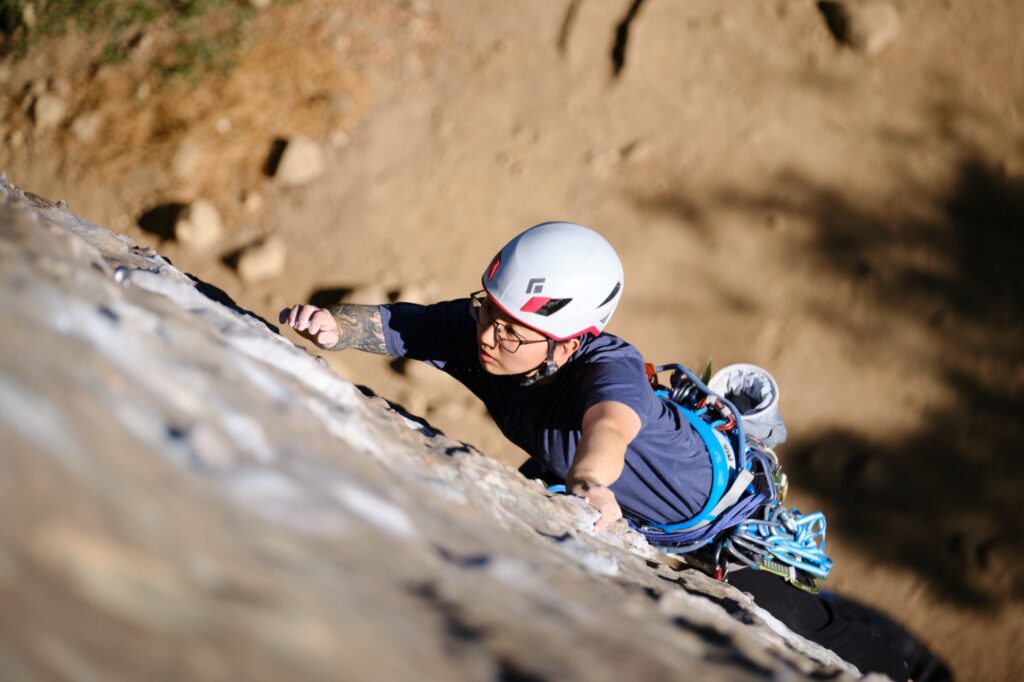
Climbing is the ultimate full-body workout. It strengthens the upper-body pulling muscles (back, shoulders, and biceps) and quadriceps and gluteus maximus in the lower body — all while developing a sense of accomplishment and self-confidence that can carry over to other areas of life. It’s also a great bonding activity, allowing participants of vastly different skill levels to work together and support each other without any competition or judgment.
In addition, climbing provides an opportunity to reach a state of ‘flow,’ in which complete immersion and total focus combine into a near-transcendental experience. It’s a feeling that can be reached in many activities, but is most often associated with the sport of climbing.
Troop 139 recently took part in an indoor rock-climbing activity during their Tuesday troop meeting at the Bend Rock Gym in Bend, Oregon. This was a great way for the boys to earn some of their climbing merit badges! They also had a fun caving campout in northern California at Lava Beds National Monument. The boys explored over 700 lava tube caves, including one that had a clearance down to 1 foot!
Camping
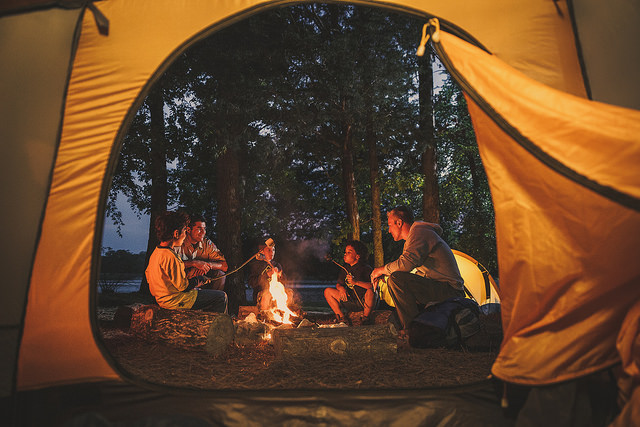
Scouts who spend one or more nights camping acquire outdoor skills that enable them to enjoy the outdoors safely. The experience encourages independence, teamwork and problem-solving abilities.
Scout boys can participate in a variety of team-building activities, such as capture the flag, relay races, scavenger hunts and water balloon games. They can also work together to complete challenges that require a combination of physical and mental skill, such as troop-building activities, knot tying contests, and obstacle courses.
Historical reenactment is another popular Scout activity. It involves recreating special events and times of history, and teaches Scouts about their cultural heritage. Backpacking is another Scout camping activity that teaches leadership and teamwork skills. It requires Scouts to plan and carry all their equipment in a backpack, hike several miles and set up camp.
Scouts can take part in service projects, such as arranging blood drives and cleaning up parks and public spaces. They can also develop their own hobbies, such as cooking or birdwatching. The Venturing program is an opportunity for boys to find a community that supports their interests, and the program helps them become leaders in their communities.

